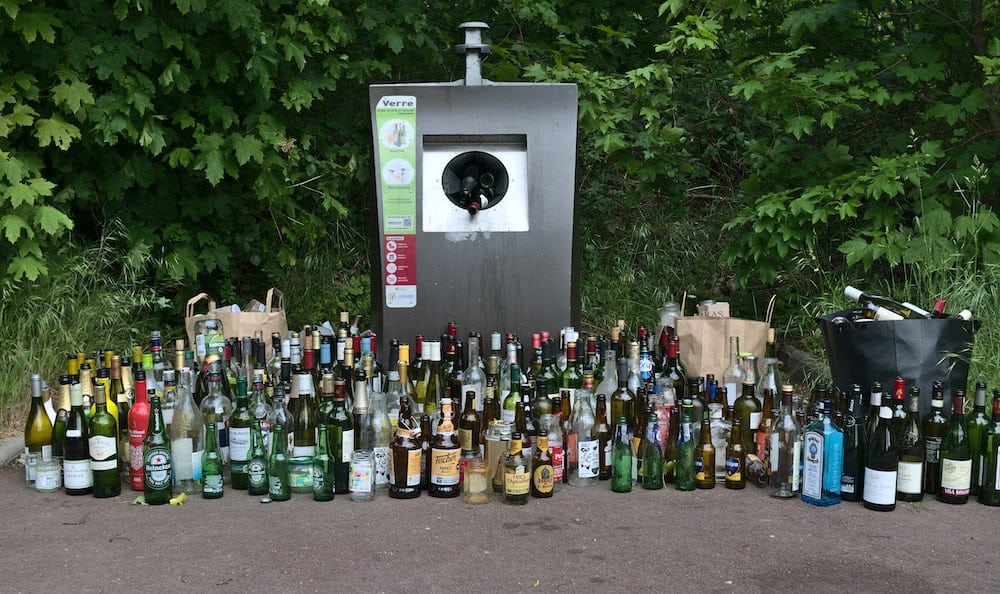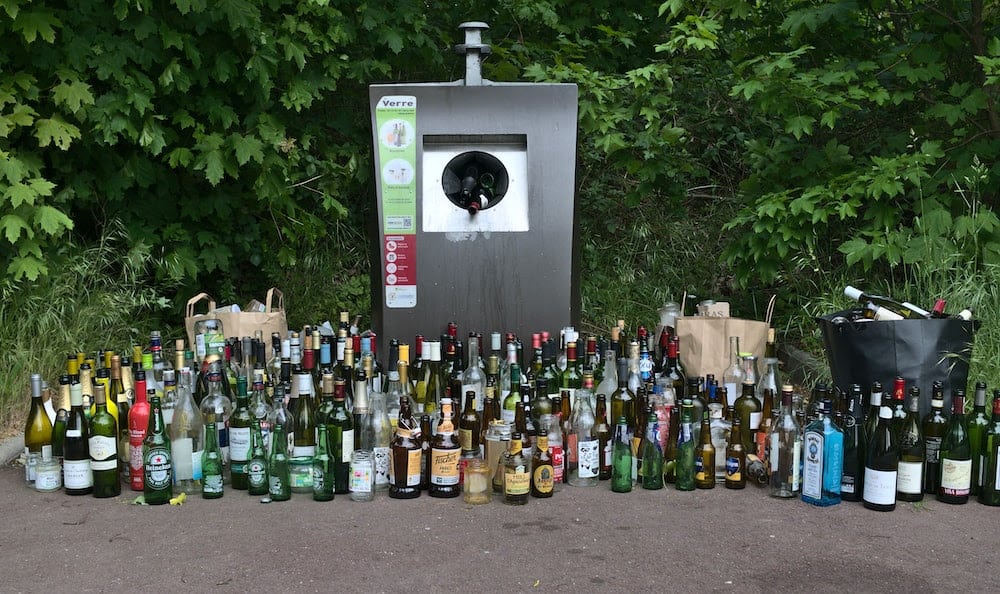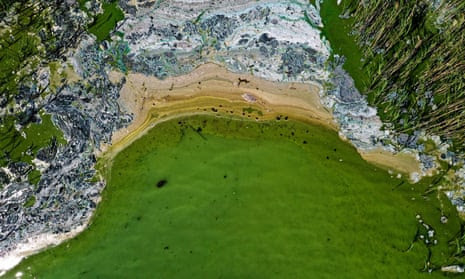
The method of recycling plastic is very complicated.Plastic cannot be categorized as a simple “material”. It contains various polymers, plus chemical compounds, fibers and pigments.The unification of all these elements makes separating plastic and identifying the type to which it belongs quite complex.
To facilitate the whole process, researchers from the Department of Chemical and Biological Engineering at the University of Aarhus have succeeded in developing a camera system.
The cameras would certainly be able to “see” the difference between 12 different types of plastic (PE, PP, PET, PS, PVC, PVDF, POM, PEEK, ABS, PMMA, PC and PA12), completely transforming recycling.The University of Aarhus conducted a study published in the journal Vibrational Spectroscopy. Professor Charniere Mogens, project director, explained the potential of the new camera system.

“Thanks to this technology, we can now see the difference between all types of consumer plastics and different high-performance plastics. We can even see the difference between plastics that are made from the same chemical building blocks, but have a slightly different structure.
“”We use a hyper-spectral camera in the infrared range and machine learning to analyze and classify the type of plastic directly on the conveyor belt. In this way, the plastic can be separated into different types. This is a breakthrough that will have a huge impact on plastic separation.”Plastic recyclingCurrently, plastics are separated using near-infrared (NIR) technology; alternatively, a density test is used (floats/sinks in water).
Both methods are capable of separating certain plastic fractions (e.g. PE, PP and PET), but they do not have the same precision as Professor Mogens Hinge’s new recycling technology. Hans Axel Kristensen, CEO of
PLASTIX – which is collaborating on the project – confirmed the advantages of the new infrared system, saying:”The technology we have developed in collaboration with the university is nothing less than a breakthrough for our plastics recycling capacity. We can’t wait to install the technology in our processing room and begin in earnest the long journey towards 100% utilization of plastic waste.
“This revolutionary technology will effectively differentiate between different types of plastic, paving the way for a safer, more environmentally friendly system. Normally, plastics must be at least 96% pure by polymer type to be recycled. The revolution proposed by the university’s project would considerably reduce this percentage.




